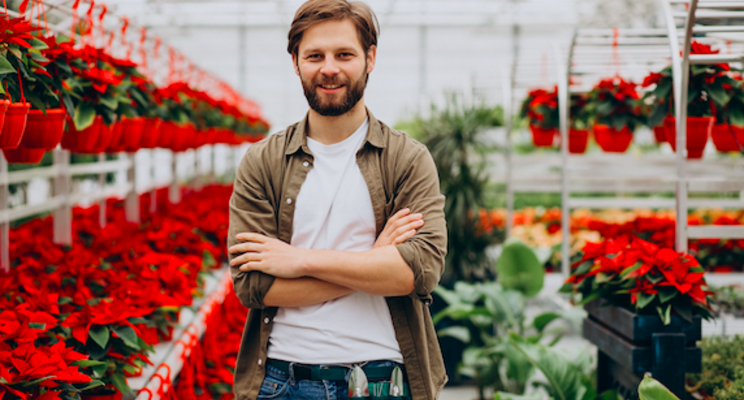Ways greenhouse shelving can help optimize growing space
Added on 03 March 2022

Although it may be an afterthought for some growers, greenhouse shelving and benching has become one of the most important greenhouse accessories. Greenhouse shelving plays a critical role in a growing environment, because it improves organization and makes crops easier to move.
Without effective organization or a convenient growing area, plants can be inadequately spaced, and growers miss out on potential profits since they aren't using their greenhouse to its full potential. The purpose of greenhouse shelving should be to maximize growing area, while boosting an operation's overall efficiency and their subsequent profits.
Growers can choose from a variety of greenhouse shelving and benching designs in order to create a layout that suits their production goals.
Common Designs and Materials
Greenhouse shelving comes in many styles, some of which are turnkey and very easy to install. Shelving options can also be customized to meet specific criteria in individual grow spaces. GrowSpan's line of greenhouse shelving can fall into three main categories: Tiered, Stationary, and Rolling.
Tiered - Most tiered greenhouse shelving comes with two or three levels, but GrowSpan also offers a four-tier option for additional plant space. These are typically used to create an effective display in a greenhouse; however, they can also provide production benefits. Tiered shelving helps growers fit a number of plants in a confined area and makes excellent use of an operation's available space.
Stationary Greenhouse Benching
As a more traditional option, stationary shelving helps improve plant organization and ease labor requirements. Since they are raised on legs, plants are positioned at an easier height for growers to tend to them. This helps workers bend over less during labor and improves access to plants by allowing for more efficient spacing.
Photo created by senivpetro - www.freepik.com
Source: Greenhouse Grower
More news















